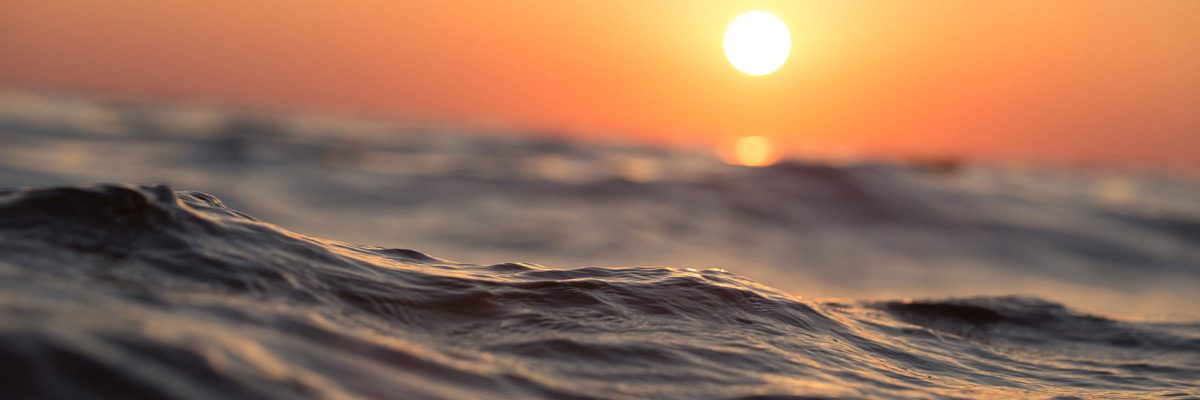This week we have been exploring all the ways to get to purgatory, the netherworld, the valley of the gods, or the bad place where bad people go. I think the highway metaphor implies in no small way that you are driving yourself there. It implies free will if nothing else because of course you could turn around if you like.
http://www.songfacts.com/detail.php?id=1178
All this can carry a tune I suppose:
http://www.songmeanings.net/songs/view/6058/
But it all just makes you forget that we have used the atmosphere as an open sewer for so long:
http://www.youtube.com/watch?v=PqwFfGgLPzM
While we melt the Polar Caps away:
Warming Arctic could teem with life by 2030
- 19:01 08 July 2009 by Catherine Brahic
- For similar stories, visit the Climate Change Topic Guide
“Teeming with life” may not be the description that springs to mind when thinking of the Arctic Ocean, but that could soon change as global warming removes the region’s icy lid.
A study of what the Arctic looked like just before dinosaurs were wiped off the planet has provided a glimpse of what could be to come within decades.
Alan Kemp of the UK National Oceanography Centre in Southampton and colleagues used powerful microscopes to inspect cores of mud extracted from the bottom of the Arctic Ocean. They found successive layers of tiny algae called diatoms. The pattern of the layers and the distribution of the diatoms provides strong evidence that the Arctic was free of ice during the summer and, contrary to recent studies, frequently covered in ice during the winter.
Hot summer
Ice-free summers and icy winters are precisely what glaciologists fear could happen in the Arctic within decades. Over the past few years, wind pattern and warm temperatures have been gradually thinning Arctic sea ice, making it less and less likely to survive the summer. Some believe the Arctic could be ice-free during the summer as soon as 2030.
The researchers say that the sheer number of diatoms locked in the mud suggests that when the dinosaurs roamed the Earth the Arctic Ocean was biologically very rich during the summer, on a par with the most productive regions of the Southern Ocean today. Since diatoms are at the very bottom of the food chain, waters rich in diatoms can support a lot of larger life forms as well.
“On the basis of our findings, we can say that it is likely that a future Arctic Ocean free of summer sea ice will also be highly productive,” says Kemp. Arctic fauna today is limited by the region’s harsh conditions. The ocean is home to very few species of fish – such as the Arctic cod – which in turn support seals, whales and polar bears.
:}
Shouldn’t you be buying beach front property in Alaska?
:}
